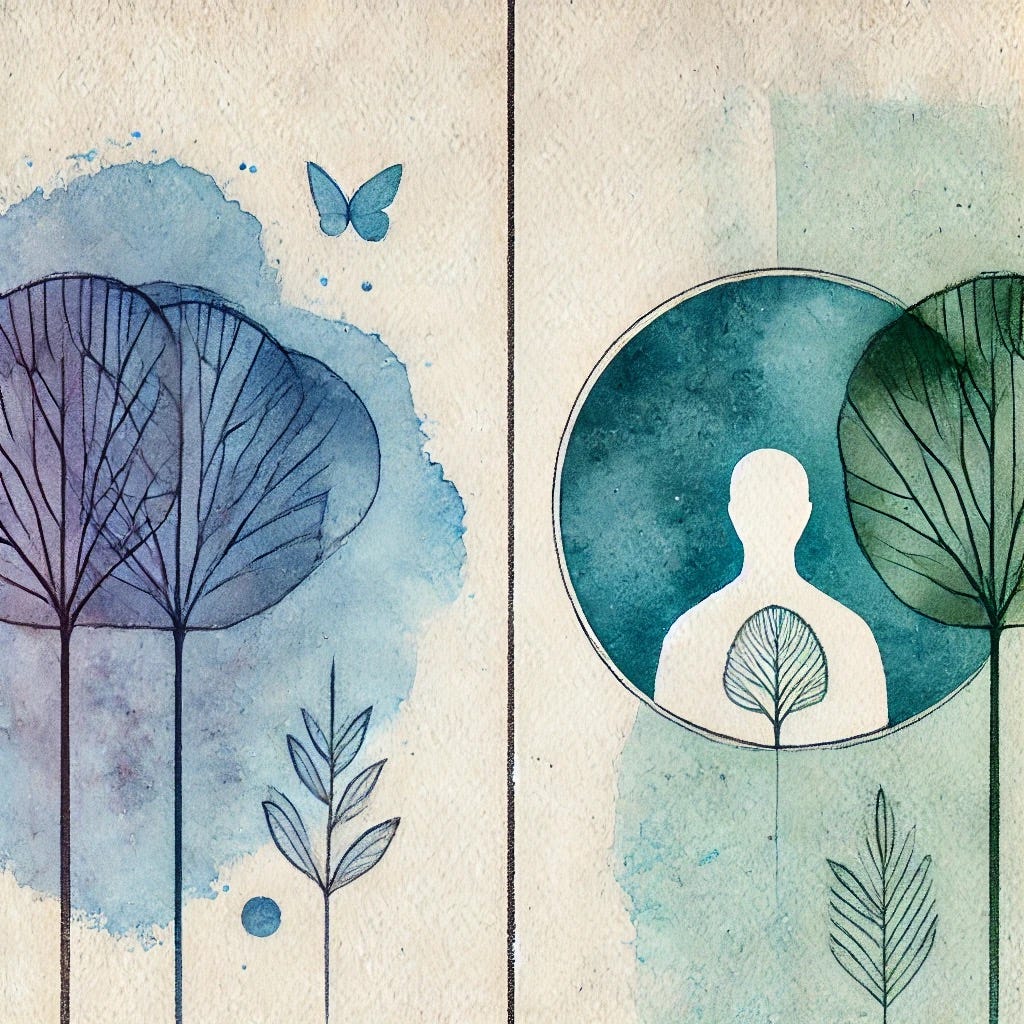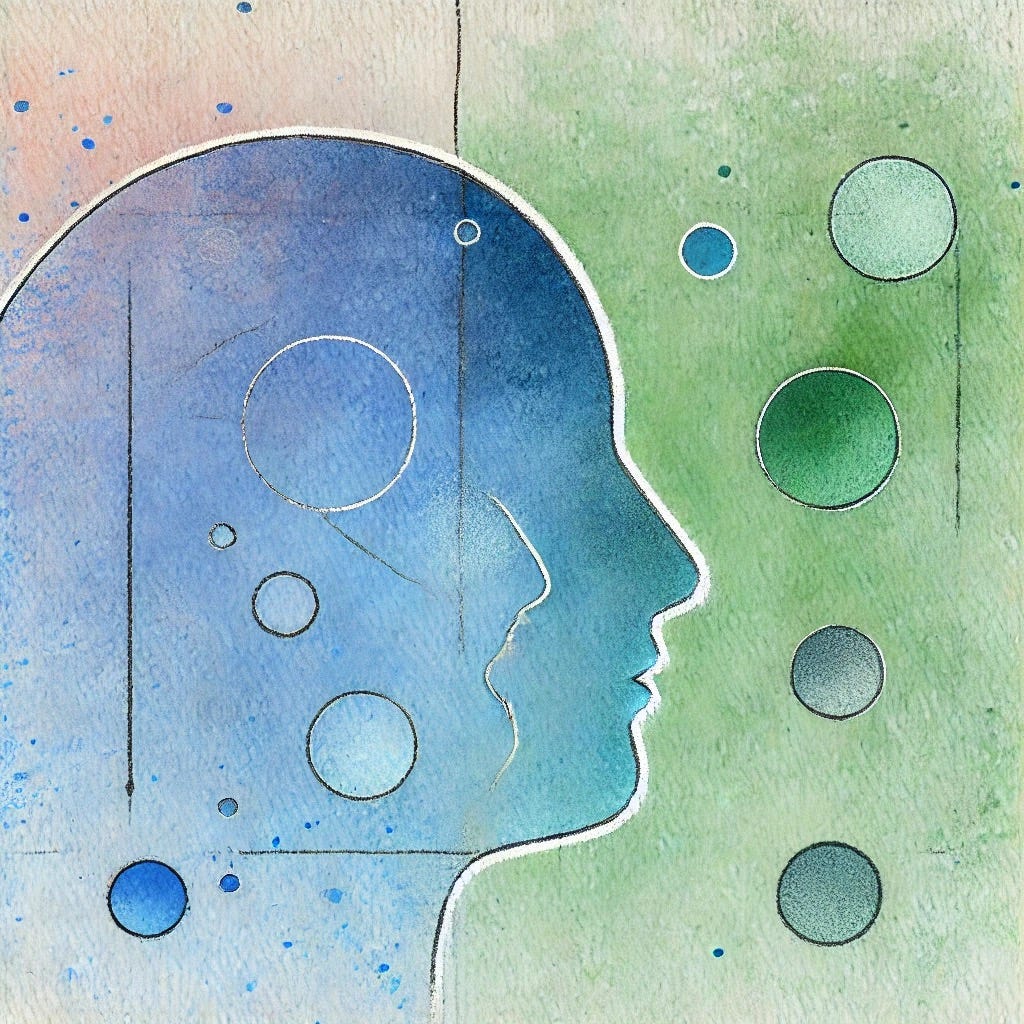What You Can’t See

We all have psychological blind spots—those subtle cognitive limitations and hidden biases that shape our perception, judgment, and decision-making, often without us even realizing it. These blind spots typically show up as cognitive biases, implicit biases, and perceptual blind spots, each impacting our interactions and choices in significant ways. Recognizing these blind spots isn’t just intellectually important—it’s crucial for personal growth and effective leadership.
Cognitive biases are essentially the shortcuts our minds take to process complex information. They’re systematic deviations from rational thinking, designed to simplify decision-making but often leading us astray. Consider confirmation bias, for example; it’s when we gravitate toward information that supports our existing beliefs and ignore anything contradictory (Rossmo, 2008). This bias can trap us in echo chambers, limiting our ability to think objectively or creatively (Schoemaker, 2022). Another familiar example is the self-serving bias—where we readily take credit for successes but quickly blame external circumstances for our failures. This skewed perspective can seriously hinder personal growth because it shields us from recognizing and learning from our own mistakes (Swart et al., 2023).
Implicit biases are equally influential, though they operate beneath our conscious awareness. These biases are deeply rooted in societal norms, cultural upbringing, and personal experiences, often influencing our judgments without us ever noticing. For instance, a hiring manager might unintentionally favor applicants from familiar demographic groups due to implicit biases, inadvertently contributing to discriminatory hiring practices (Bubbio et al., 2019). There’s ongoing debate about moral responsibility here: Should we hold people accountable for biases they aren’t even aware they possess? While some argue that implicit biases fall outside conscious control, others emphasize our responsibility to actively identify and counteract these biases, especially in leadership or decision-making roles (Bubbio et al., 2019).
Should we hold people accountable for biases they aren’t even aware they possess?
Perceptual blind spots are slightly different—they highlight the limitations of our ability to accurately perceive and interpret information. Cognitive overload, for example, can make it difficult for us to process every piece of information, leading us to selectively pay attention and sometimes misinterpret situations (Nickerson, 2020). Belief perseverance is a related phenomenon, where initial impressions stubbornly persist, even when contradicted by clear evidence (Rossmo, 2008). Moreover, we often demonstrate what’s known as the bias blind spot, easily recognizing biases in others but remaining blind to our own. This dynamic can create misunderstandings and conflicts since we genuinely believe we’re objective, even when evidence suggests otherwise (Vazire et al., 2012).
This dynamic can create misunderstandings and conflicts since we genuinely believe we’re objective, even when evidence suggests otherwise.
Addressing these blind spots requires intentional effort. Embracing diverse perspectives can challenge our biases and expand our understanding (Swart et al., 2023). Educating ourselves on the nature and impacts of biases increases self-awareness and diminishes the blind spots we hold about our own biases (Vazire et al., 2012). Practices like mindfulness and structured decision-making techniques also help identify and mitigate the influence of unconscious biases (Schoemaker, 2022).
Ultimately, psychological blind spots significantly shape our lives, influencing everything from casual interactions to critical decisions. By actively exploring and addressing these blind spots, we not only make better decisions but also foster more equitable and meaningful interactions with others.





